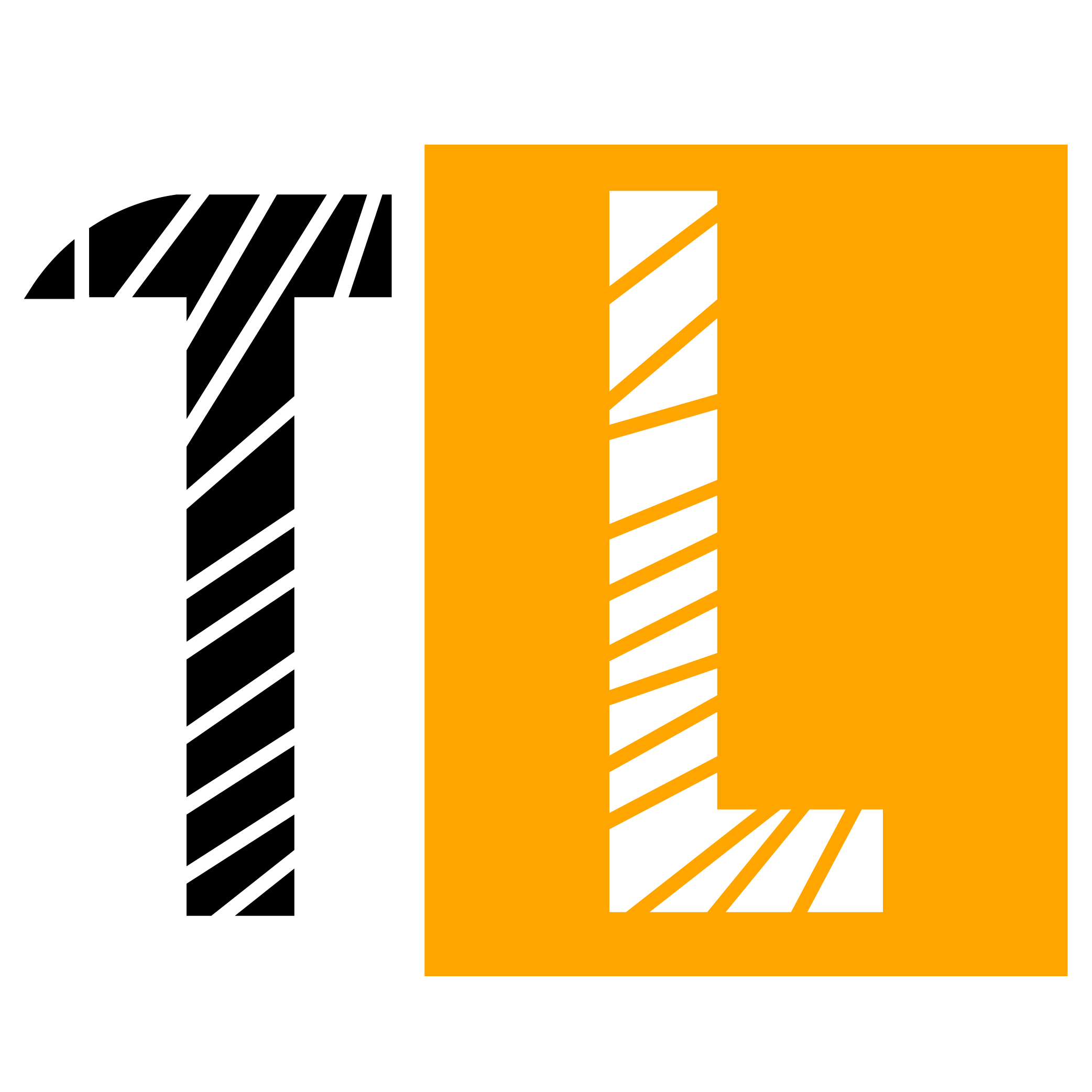When it comes to fence installation in Kelowna, a critical aspect often overlooked is which side of the fence should face your neighbours. While a fence is undeniably your property, it profoundly impacts your neighbours as it borders their land. Observing proper “fence etiquette” is essential, dictating that the finished side of the fence should typically face outward toward your neighbours. In contrast, the unfinished side, showing structural elements, faces inward toward your property. This standard practice has several significant reasons beyond mere aesthetics.
Curb Appeal Matters:
Opting to have the attractive side of the fence face your property is the logical choice. After all, you want to enjoy its visual appeal when spending time in your yard. However, this choice means that the less visually appealing, unfinished side is exposed to your neighbours and anyone passing by. This can drastically affect the overall curb appeal of your property. There’s a universal expectation that the polished side faces outward, and deviating from this norm can make your property look out of place, possibly reflecting negatively on your aesthetic sense and property maintenance skills.
A Matter of Courtesy:
Installing your fence with the finished side facing your neighbours is not just about visual appeal; it’s also about courtesy. Deliberately positioning the less attractive side towards your neighbour’s yard could be perceived as disrespectful. It might convey a message that you prioritize your property’s appearance at the expense of theirs, leading to potential neighbourly discord.
Compliance with Regulations:
In various communities, abiding by the norm of having the finished side facing outward is not just polite; it’s the law. Many places have building codes and homeowners association rules explicitly mandating this configuration.
Enhanced Security:
Surprisingly, the direction in which you install your fence can impact your property’s security. Having the unfinished side face inward provides an added layer of security. If the polished side were outward, the structural elements, like rails and posts, would be exposed, making it easier for trespassers to scale your fence. With the smoother, finished side facing outward, intrusion becomes significantly more challenging, bolstering your property’s security against potential invasions.
Considering Alternatives:
If you find the idea of having the unfinished side of the fence facing your property unappealing, there are alternatives. One such option is “sandwich construction,” which creates a double-sided fence that is not only visually pleasing from both sides but also structurally robust. Additionally, there are fence styles like “good neighbour fences” that look identical from either side, ensuring both you and your neighbours enjoy an aesthetically pleasing view.
In conclusion, when installing a fence, it’s not just about property boundaries; it’s about fostering positive neighbourly relations and adhering to established norms and regulations. By building your fence with its finished side looking outwards, you not only improve the curb appeal of your property, but you also exhibit courtesy to your neighbours and keep your house secure. It’s a significant gesture that may go far toward building a peaceful living atmosphere in your neighbourhood.
What direction should a fence face?
Determining the ideal direction for your fence is crucial for maximizing its effectiveness and aesthetics. In most cases, fences face outward, ensuring that the more finished or decorative side is visible to the neighbours or the public. This practice enhances the curb appeal of your property. However, if your fence primarily serves a functional purpose, like providing privacy or blocking noise, consider aligning it based on your specific needs. Additionally, local regulations and community guidelines might influence your decision. Consulting with neighbours and local authorities can help you make an informed choice, ensuring your fence meets your requirements and harmonizes with the surrounding environment.
Do I have to put the good side of the fence to my Neighbours?
The question of which side of the fence faces your neighbours often arises in fencing endeavours. While there isn’t a strict rule, it’s generally considered good practice to put the more finished or aesthetically pleasing side facing outward. This approach not only enhances the curb appeal of your neighbour’s property but also fosters good relations. However, it’s essential to consult local regulations and community guidelines, as they might dictate specific fence-facing requirements. Open communication with your neighbours is key; discussing your plans and ensuring mutual agreement can prevent misunderstandings and promote a harmonious neighbourhood environment.
What type of fence looks good on both sides?
Selecting a fence that boasts aesthetic appeal from both sides is a thoughtful decision, especially when living near neighbours. Board-on-board or shadowbox fences are popular choices for this purpose. These designs feature alternating panels on either side, providing an equally pleasing view for both you and your neighbours. This enhances the neighbourhood’s visual harmony and ensures that everyone enjoys the fence’s attractive appearance. When aiming for a fence that leaves no room for disputes, these styles stand out as excellent options, promoting both privacy and neighbourly relations.
What is a good Neighbour fence?
A good neighbour fence is more than just a physical boundary; it’s a symbol of mutual respect and harmony. Ideally, such a fence balances privacy with an aesthetic that complements both properties. It’s considerate in design, ensuring that it looks appealing from both sides. This type of fence often promotes openness and communication, allowing neighbours to maintain a friendly connection while respecting each other’s space. A good neighbour fence defines property lines and fosters a sense of community, making it an essential element for a harmonious neighbourhood atmosphere.

